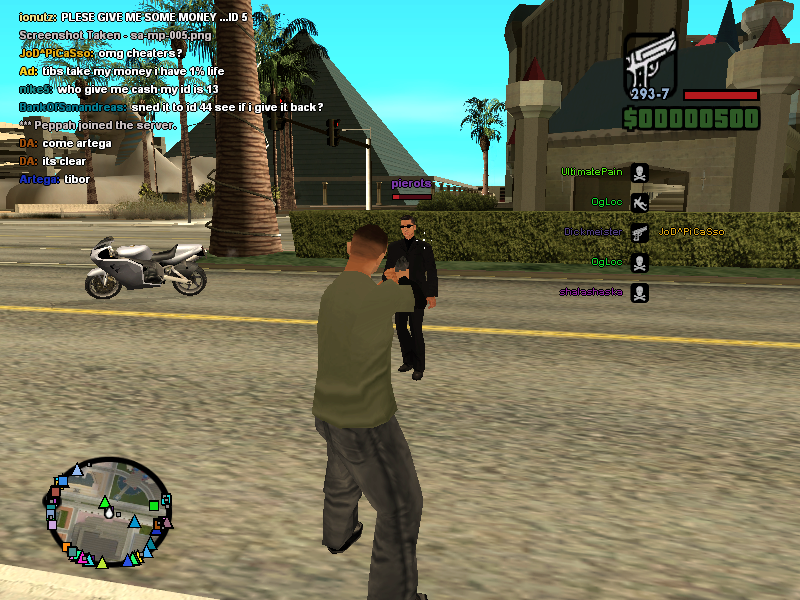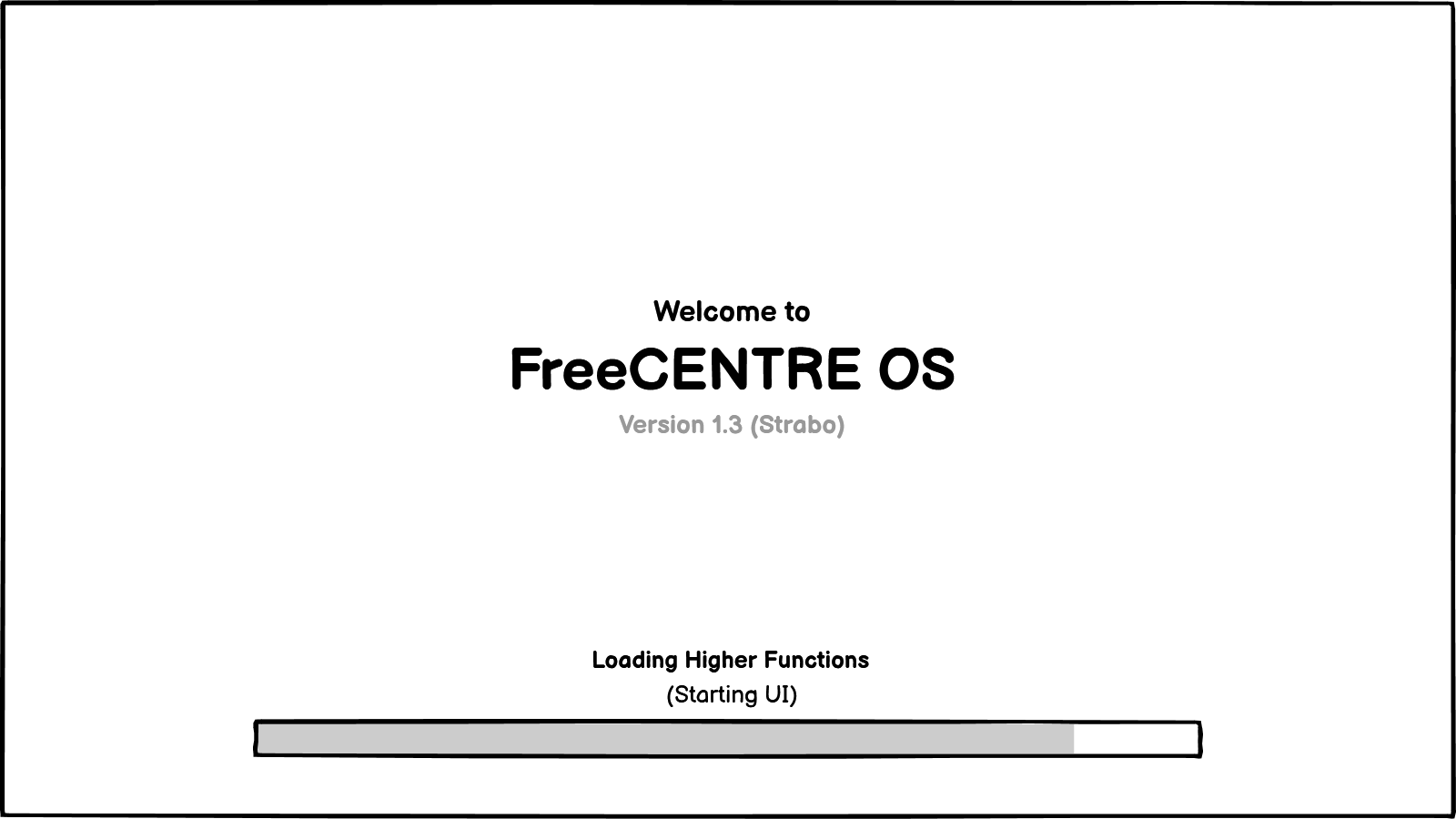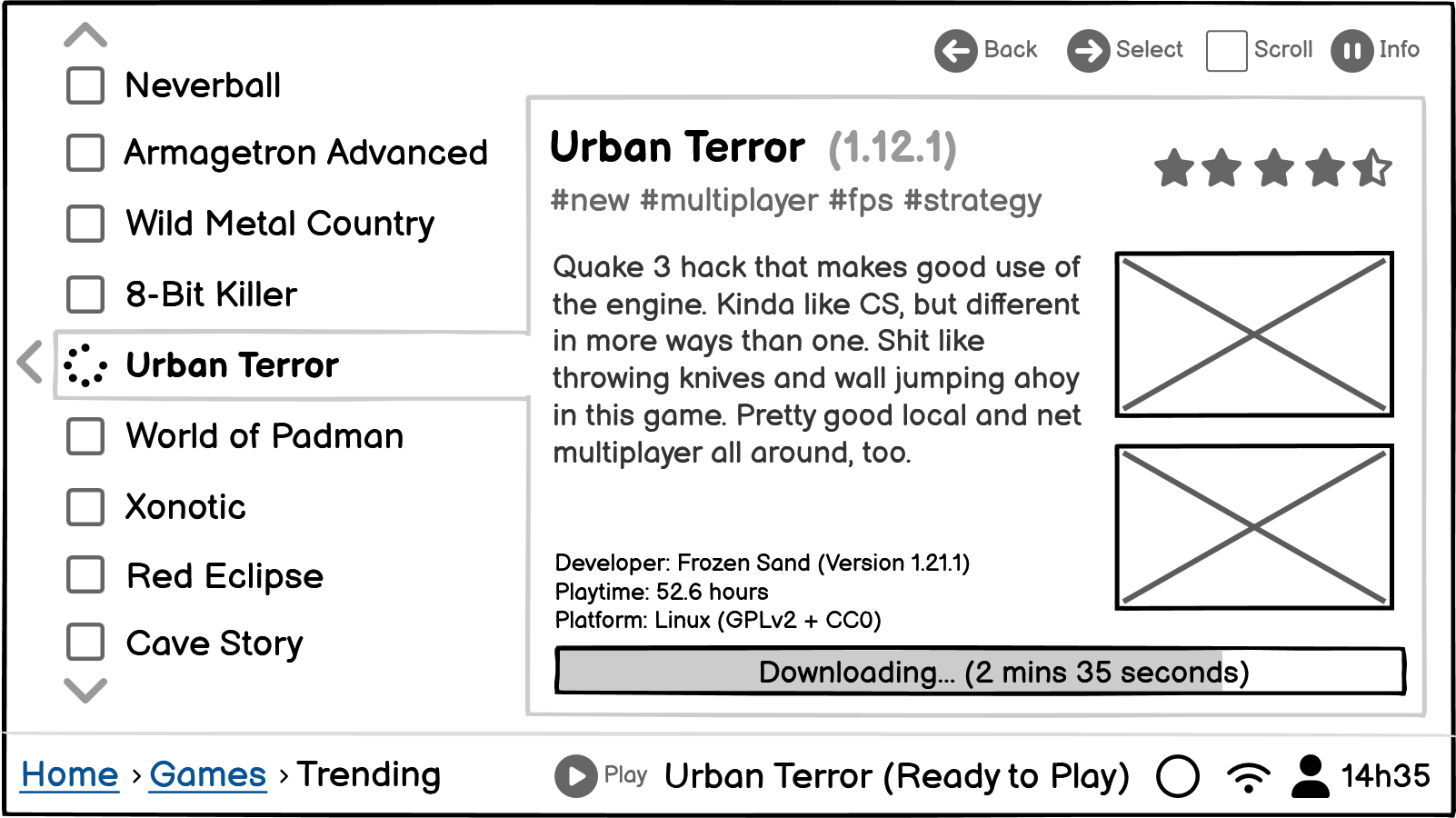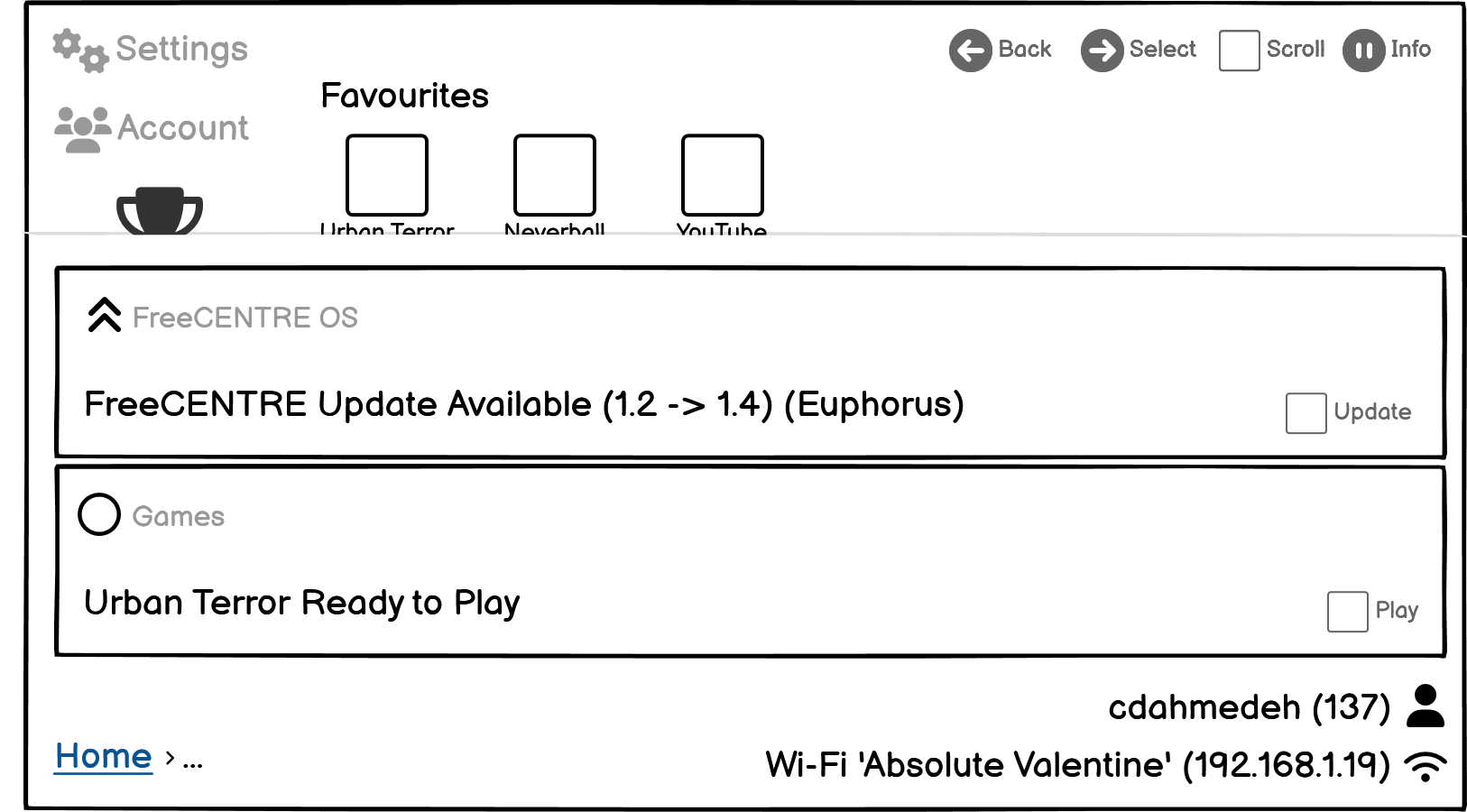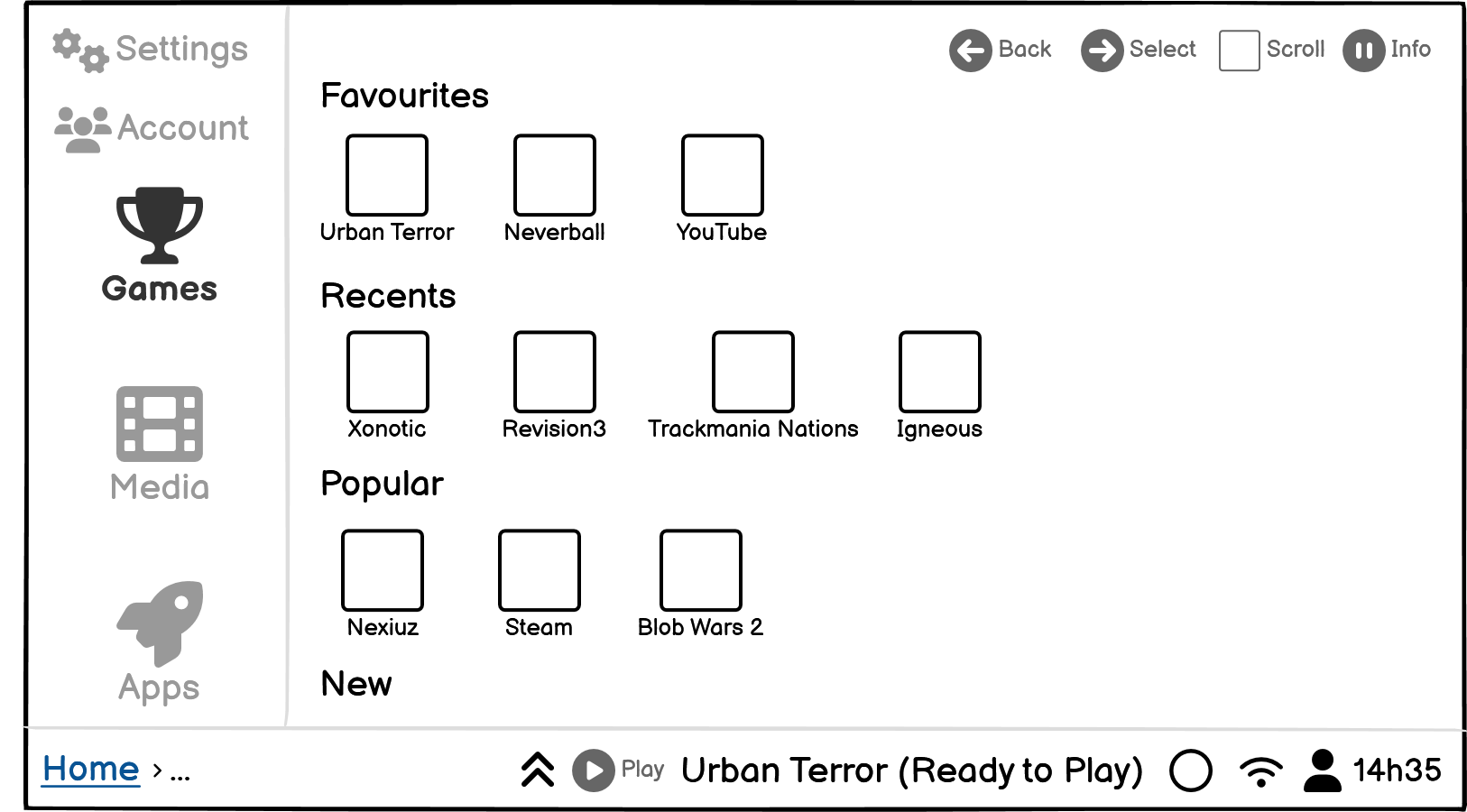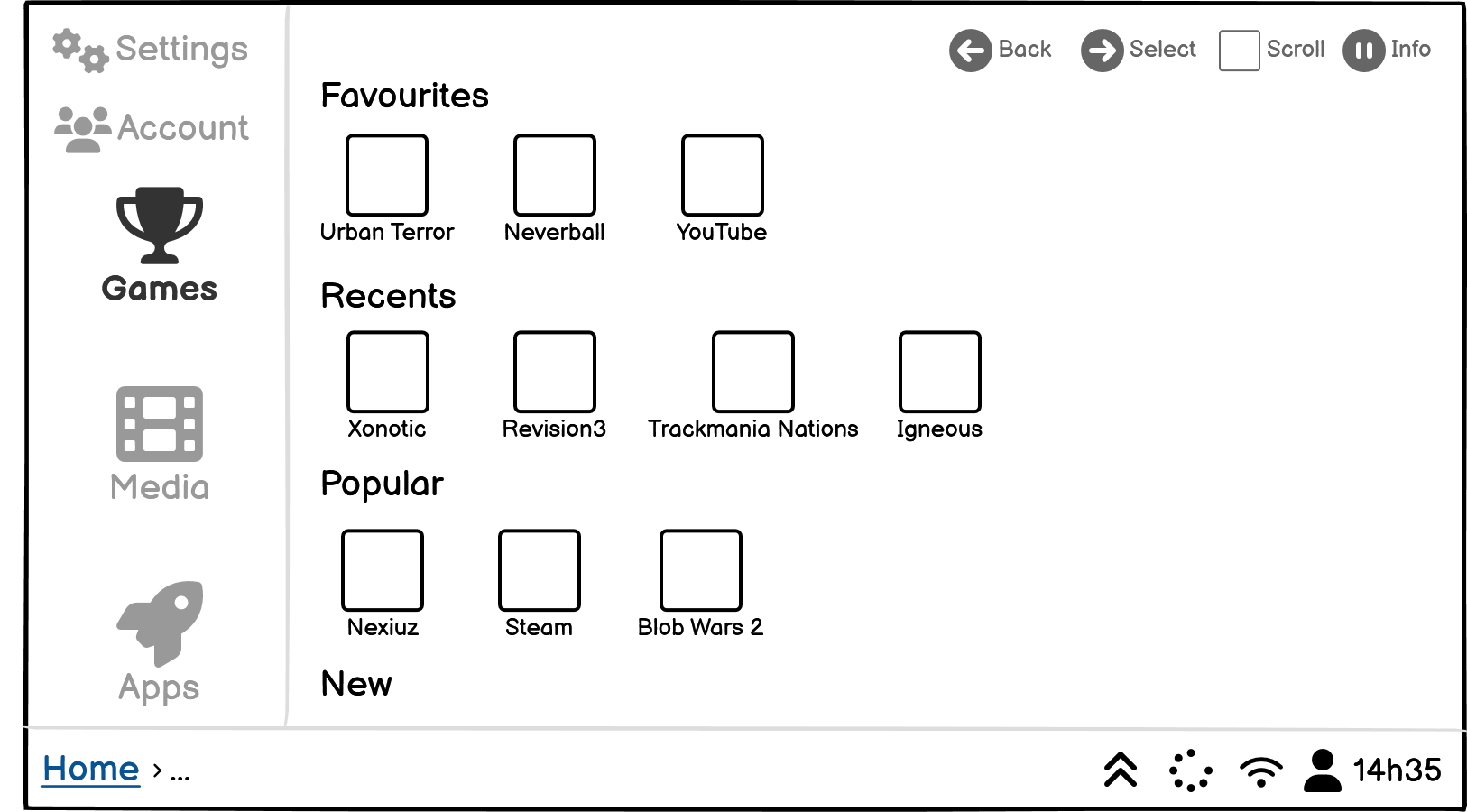As a Linux cult survivor, I still found myself hit by Stockholm syndrome reminiscing over a deep hole left by an operating system that relinquished control to myself only. However, I developed disillusionment from the constant maintenance and upkeep of a desktop that was just too unstable. The frequent distro hopping, struggles to run anything that isn’t in the package repositories, and another kernel module update that broke suspending my laptop and ruined the font-hinting. Wine and virtual machines just didn’t cut it from some of my essential tools and games. I didn’t consider dual-booting as a solution as it was impractical to maintain two separate systems and requiring a restart to switch between them
Eventually, which now seems ages ago, I conceded and returned to Windows 7, a world of strong hardware support and masterful backwards compatibility. As a Linux user, I watched in envy when my peers using Redmond’s software working out-of-the-box, a plethora of software available that I dearly missed and had a sense of denial.
I’m certain that I’m not the only one who went through this phase, akin to ditching a sect. The open-source operating system did expose us to unlimited possibilities and paradigms that no other platform could provide. If you want to soothe some of this recent nostalgia, this guide will help you make Windows a home that has some of the opulence that Linux provided. These pieces of software and tools will bring back many of the features that you loved from your previous religion.
My seven year old machine isn’t ready for retirement.
Yes, I know you love your precious 7-row keyboard on the ancient ThinkPad. But let’s face it, you only have 4 GB of RAM to work with.
This seven year old Dell netbook runs the fantastic Arch-based EndeavourOS like a hummingbird.
Microsoft actually recommends 16 GB of RAM for Copilot, when just the predecessor version 10 only needed 4 GB. However, your Linux desktop can easily thrive on a measly one gigabyte. I can’t make the promise that it’s actually possible to make Windows just as lean, but there are ways to make it much less thirsty.
While officially Windows is only a single-party state with only one true distribution, there are concoctions that can actually be called distros. This is where I really have to plug AtlasOS, which proudly gives the finger to Microsoft and trims out a huge amount of bloat without sacrificing compatibility. Watch your RAM consumption be cut in half and gaming free of stuttering. The CPU can actually calm down a bit because there’s no more mysterious services eating resources. The system will just feel so much more peppy and actually compete with Microsoft’s magnum opus, version 7 or maybe a heavier desktop environment like KDE. As a nice bonus, it includes a ton of quality of life improvements that are too many to list here.
Notice how much less resources that AtlasOS uses compared to a fresh Windows 11 install.
Unlike other similar recipes like ReviOS and Tiny11, AtlasOS doesn’t require you to download a shady ISO that instills doubts about the system’s true integrity. Instead, it has essentially become a series of scripts that will nicely clean things up and as a bonus, including a whole bunch more of them that you can run post-install for even more tuning. Unfortunately, you won’t be able to use an existing installation and instead require you to redeploy from scratch. If you’re really brave, you can even disable Windows Defender which uses more resources than the cryptojacking software that it’s trying to protect you from.
Another shout-out, Win11Debloat will give you very fine grained control on doing much of what Atlas does to your existing Windows install. However, I consider this one for experienced users only, as it can do so much debloating that many apps won’t run anymore and break virtualization.
Pretend I never said this, but you can find OEM Windows ISOs and activation scripts on GitHub, through the MAS project. Just so I don’t find the SWAT team barging through my door, I’m supposed to say to only use your genuine license and report any piracy to your local authorities. Don’t copy that floppy!
I thought that advertising and telemetry were malware.
AtlasOS, ShutUp10++, Win11Debloat
I’m dating myself with my memories of BonziBuddy, the pioneer of spying and adware. Anti-malware packages were very quick to identify it as a threat to your system because of the unwelcome ads and running in the background sending each click to some shady data broker. The classic SpyBot - Search & Destroy was convinced that this supposed desktop assistant was a menace to your system. Many other pieces of software snuck in irritating full-screen advertisements such as μTorrent, a well-loved and lightweight file-sharing client, starting to plaster them straight into their UI. Antimalware organizations were quick to beg you to just get these travesties off your system.
However, when Microsoft decided to pull off the same tricks, they gave themselves a free pass to legitimize what was considered malicious back then. This is another plug for AtlasOS, which reliably prunes Windows from all the telemetry and advertisements. Microsoft was really convinced that AI was the future, and constantly reminded you that you just can’t live with Copilot. That is in addition to all the data-collecting, dare I say hoarding, that makes even the CIA green with envy, happening behind the scenes.
Now, if you really don’t want to start over again, O&O, well known in the past for their disk defragmentation utilities, made a tool aptly named ShutUp10++ to silence the constant onslaught of unwarranted ads and make sure that Microsoft doesn’t know about your secret porn habits. Again, Win11Debloat is just as apt at doing this but doesn’t have the nice easy-to-use UI that ShutUp10++ does.
ShutUp10++ has a nifty UI with a swath of options. Screenshot courtesy of O&O Software.
Package managers are the true setup wizards.
Developers have made Windows synonymous with installation wizards, which encouraged users to just blindly click next over and over again until the software was installed. However, it resulted in a system that was just a jumbled mess (and maybe even performance hogging toolbars), with installation, uninstalls and updates done in completely different ways for each unique piece of software. It is only recently that more popular offerings started including an auto-update tool but I consider it lipstick on a pig, since it still uses these wizards silently. And there isn’t a way to run them all at once, it’s a one-by-one deal.
Using Ubuntu for the first time, I was blown away by apt-get and how deeply integrated to the system it was. Everything running on my PC was constantly kept up-to-date and software was just a click, or a terminal command away. I have fond memories of Synaptic Package Manager with thousands of packages to explore. Many credit Apple for introducing the concept of a centralized app store, but Linux distros had something just as convenient decades before iOS even existed.
Synaptic Package Manager running on MX Linux, a lightweight and quite popular distribution.
Now, these are more recent additions to the Windows ecosystem. But I can name WinGet and Chocolatey as convenient ways to get software cleanly installed on your system. WinGet is the newest one and has Microsoft’s blessing since they developed it themselves. However, Chocolatey has so much more packages to choose from and a bigger community. It doesn’t hurt to combine them but some consider it travesty to manage software with multiple tools. However, I consider this hypocrisy because Flatpak for example, is completely separate from the package manager on Linux systems and it is quite popular and even successful with Torvalds blessing.
Ninite is a must for many who are just getting their new install of Windows up and running. The selection of software is limited to only very popular offerings and uses wizards in the background, though thankfully prevents from bundled adware becoming present on your system. One nice feature is that running the Ninite installer again will automatically update all the software you installed with it.
Explorer can’t actually explore.
Total Commander, WinSCP, FileZilla, Start11, Classic Shell, Flow Launcher, Everything
Both Windows and macOS are guilty of including the worst file managers in existence, exaggeratedly so. You’ll have to find out what FTFF means, but Windows Explorer needs just as much work. In contrast, KDE’s Dolphin was incredibly powerful and even lightweights like Thunar were still capable with many plugins.
Total Commander brings the power of dual-pane file management to Windows, along with built-in archiving and extraction tools, and even the ability to connect to remote file servers. WinSCP does the same, but for file handling through SSH along with FileZilla.
You’d expect something as bloated as the Windows Indexer to provide some extremely powerful search features to your desktop. However, whether a file exists or not on your system will not guarantee that Explorer’s search will find it. This is where Everything comes in, which can reliably find any file on your system. Behind the scenes, it is an indexer, but it’s so lightweight that it seems magical that it’s actually able to scour your entire system with such ease.
Flow Launcher doing its thing.
The Start Menu is part of one of Explorer’s travesties but thankfully there are so many replacements. Stardock’s Start11 will bring back the familiar of the start menu that was so well done on Windows Vista and 7. Classic Shell is much more popular and comes with the wonderful price of zero with so much more customizability. The lesser well known StartAllBack has a different focus but it’s commercial just like Start11.
I’m surprised that it’s not very well known, but Flow Launcher brings a neat Spotlight-like search experience to Windows; a minimalistic search bar in the middle of your screen with convenient keyboard shortcuts. What makes Flow Launcher so powerful however is the huge multitude of plugins available for it. If I had to make you salivate, you’d be glad to know that there is an Everything plugin available.
Floating window managers are for the weak. Real men tile.
Microsoft tends to be very unoriginal when naming products. So of course, the floating windows on your screen were just that: Windows. The Xerox Alto, the first notable GUI computer from the seventies, takes credit for being the originators of that paradigm, which as a reminder, let you scatter your applications anywhere on your screen comfortably overlapping each other. Ironically, Windows 1.0 that Steve Ballmer so proudly tried to sell was actually using tiling before Windows 95 made floating windows their staple. For the uninitiated, tiling window managers separate your application into neat sections on your screen, never overlapping each other and you have no choice but to do that.
One of the most powerful Linux features is the ability to change how your desktop worked, with the so-called desktop environments and window managers. Tiling window managers were born quite early on graphical Unix systems in general hosting tile-based window management. It’s a bit difficult to understand and use initially, but it’s hard to go back once you master their capabilities. There was this excellent video demo on xmonad that really attracted me to the concept but most people fell in love with i3. Mainly because it was so much more flexible with on-the-fly tiling layouts. In classic Linux fashion, multiple desktops were so seamless. And yes I know that Windows and macOS technically have multiple desktop support, but all I can is nice try.
Don Stewart shows off xmonad, a popular tiling window manager that he wrote entirely in Haskell
The excellent i3 window manager showcased in a VM running Arch Linux. (This is a really old screenshot, so don’t be surprised if the kernel version is from the stone ages).
Amethyst and bug.n were benevolent in their intention, but were just admirable tries to get tiling to work on Windows. They just had such a kludge that it didn’t instill confidence and felt more like hacks rather than actual tools.
Out-of-nowhere in 2023, GlazeWM came to the scene promising i3-style window management to Windows. And what made it so different is that it actually worked very reliably and really fooled you into thinking that you had native support for tiling on Windows. It even inherited i3’s keyboard shortcuts and intuitive configuration format and comes with a status bar reminiscent of i3bar called Zebar. It was very recently rewritten in Rust and really has set a benchmark when it comes to stability. The icing on the cake is the ability to drag-and-drop windows with your mouse and keep them within tiles.
Some other tools worth mentioning are Divvy, which also provides tiling, but in a completely manual fashion and Groupy bringing tabbed windows similar to modern web browsers for all applications.
I can’t help but script everything.
AutoHotkey, NirCmd, PowerShell
What Linux brought to my prominence is the power of scripting. The ability to automate repetitive tasks with little scripts but it wasn’t limited to only command line applications. Virtually all desktop features could be controlled with these scripts and that was a real sore spot when moving back to Windows.
AutoHotkey is so powerful that it has become a classic. From mapping simple tasks to global keyboard shortcuts to filling complex forms automatically. The syntax is a bit convoluted but still easy to understand. It is a must for anyone that want to supercharge their Windows desktop with its surprisingly deep integration with the Windows ecosystem.
NirSoft has a few tools to make a few tasks usable from the command line, notably NirCmd.
While you can use Windows Batch, bash and Python to write your scripts, I’m going to controversially say that the strongest scripting language is PowerShell. The Unix philosophy recommends using text for input and output of commands and treating everything as a file. However, the pain comes from actually parsing input and output and ends up making an unmaintainable mess. Maybe in the 70s when computers were doing simple tasks, this was the way to go, but computers have become so much more powerful. PowerShell basically throws the idea of using text as a way of communication through objects and APIs. Having well defined data structures means that parsing is obsolete and PowerShell scripts are a strong upgrade from interpreted shells to something as powerful as a typed programming language.
At this point, PowerShell can be used to configured almost every aspect of system administration though I doubt we’ll ever have a headless way of running Windows server. Linux and other Unix derivatives are still the champions when it comes to servers, web or otherwise.
I look cooler than everyone else using the terminal.
Windows Subsystem for Linux, ConEmu, PuTTY
This is something that Linux just does magically, which is its powerful command line utilities that can do even the most complex tasks. Whether you want to search for files, convert video formats or merge documents, it was all possible.
In the past, there were only really kludgy solutions. Cygwin and MinGW were pretty good attempts, but were a pain to install, and everything had to be compiled for them. That means that only simple tools like GNU utilities were available. I couldn’t find powerhouses like ImageMagick. Git Bash was quite popular but honestly didn’t cut it for me. As a result, my solution was even more convoluted. I had a virtual machine running a lightweight Linux distro and had to painfully transfer files back and forth between my host system and Linux guest. And no, shared folders don’t count as a solution because the probability of them working were the same as winning the lottery. And I’d think you’d be insane to suggest dual-booting as a solution.
At the dawn of Windows 10, Microsoft came up with a solution that would actually steal some users from the Linux fanbase. Windows Subsystem for Linux allowed to not only run a complete Linux distro that was perfectly integrated with your Windows install and files, but was binary compatible with ELF. This means that I could bring in everything that I loved using APT and manipulate files that were directly on my Windows partition. In typical Microsoft fashion, the name makes it hard to understand what WSL is supposed to imply.
Of course, Microsoft didn’t pair the very convenient Windows Subsystem for Linux with a nice terminal and was still stuck with the ancient cmd.exe (Command Prompt). Yes, I know there’s a Terminal app by Microsoft themselves now, but that doesn’t cut it either. It only just looks a bit prettier.
ConEmu brings some very powerful terminal features to Windows with all the bells and whistles you’d except from a fancy emulator. A showcase of WSL running on Windows doing typical Linux things.
ConEmu was salvation for me bringing an extremely powerful terminal emulator into my arsenal. It made switching between shells like Windows Batch, PowerShell and WSL a breeze. The most brilliant part is not that only support tabs, but also tiling. The icing on the cake however is the ability to be able to start a terminal within the context menu of the Explorer file manager and bring straight into that directory. Just like most desktop environments on Linux. It’s really hard to expand on this because I’m still trying to navigate my way around ConEmu; I’ll grudgingly admit that configuring it is a bit of a pain.
I can’t leave without mentioning the legendary PuTTY, an everything including the kitchen sink client that brought SSH on Windows way before anyone else.
I’m a ricing ambassador. Pimp my desktop.
Rainmeter, Windhawk, /r/desktops, DeviantArt
Alright, so I frequent the /r/unixporn subreddit quite often, and can’t help but feel jealousy, nay envy when I see these stunning desktop screenshots. I’m so jealous in fact that I’d threw a slur into the customization concept calling it ricing. This is just something that is impossible to replicate on Windows, so these suggestions are just a best attempt, and will admittedly only get you a part of the way there.
Rainmeter brings gadgets to your Windows desktop mainly with monitors of your system vitals like CPU usage and network activity but also custom UI, shortcuts and all sorts of widgets. The best part? It’s just as complicated to setup as your favourite Linux desktop environment with scattered .ini files and a bunch of plugins wrapped in .dll libraries. This will keep you very busy as you get everything just right and have all the pixels align as beautifully as the stars. I personally see it as conky on steroids but it’s so much more bringing a sense of life to your desktop. See the community showcase for what creative people have been able to make.
A really well pimped-up Windows desktop with Rainmeter and a few other UI tweaks. Image courtesy of an XDA blogger.
With Windows 11, Microsoft really nerfed UI customization to the point that the taskbar has become fixed to the bottom of the screen. A staple that started with Windows 95 was gone. The start menu layout wasn’t yours anymore and the only colour schemes are light and dark. Even macOS lets you customize the accent colour of your UI. This is where Windhawk comes in, a utility that brings an endless series of plugins to really tune your UI to your liking. From adjusting the size and spacing of the taskbar icons to restoring the login and logout sounds. I can’t say that this will bring a personal touch to your system, but it will allow to adjust and remove many of the idiosyncrasies that Windows, especially version 11, has brought to life.
There’s a few tools that will allow you to do some more visual customization but none of the really cut it. I’m mentioning them for completeness. Such as WindowsBlinds and various tools and themes that can be found on DeviantArt, notably the deviant niivu. For inspiration, I totally recommend taking a look at what some of the artists have been able to do at /r/desktops.
Conclusion.
Hyprland is a reminder for me of how beautiful a desktop could look. In my opinion, probably the most attractive window manager currently available on Linux. Video courtesy of the Hyprland official website.
In this post, I’ll admit that I really shat on Linux, and had much of sarcastic tone, but in the real world, there’s some software that I just can’t live without and things like Wine and VMs didn’t heal my melancholic longing. However, with Linux, even the sky wasn’t the limit and still run Linux in VMs just to catch up on what I’ve been missing. For example, the nascent Hyprland animated tiling WM seen above was a stark reminder of how beautiful a computer desktop could look like. Linux is like that unruly son of yours, so annoying, but you’d kill anyone who’d try to take him away from you.
The Oatmeal brilliantly explains how to fix a Linux computer.
I know some people will resent me a little, and probably get a bit defensive. And the war is still on. For those who might think that I was a n00b who gave up too quickly, I was running the platform full-time for several years and have a Debian server under my couch. While the official statistics hang around 1% of market share, I believe that within the tech community this number is much higher. Windows and macOS are not heaven either but feel like the least worst choice. Keep this in mind, even Torvalds thinks that Linux desktop still sucks. And Brian Lunduke, famed for previously hosting the Linux Action Show podcast and a passionate Linux ambassador, pokes fun at this every year.
Unfortunately, in the real world, there’s just things that don’t work. It’s been so many years that I’ve left and the honeymoon phase is nothing but a distant memory. When I first tried an Ubuntu 8.10 live CD when I was a teenager, I was just so impressed with how flexible everything was. Back then, I had so much free time, and would gladly spend an entire weekend tweaking the font-hinting to look just right. For the past few years now, my computer has just become a tool to get my job done, and the question of operating system choice boils down to pragmatism.




